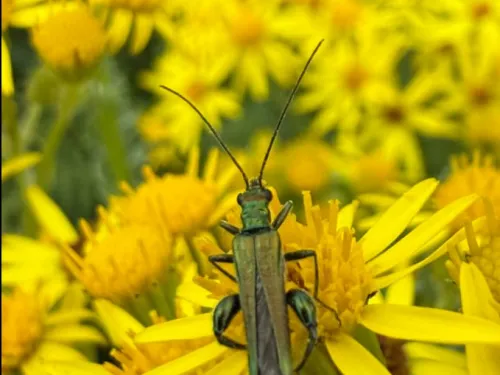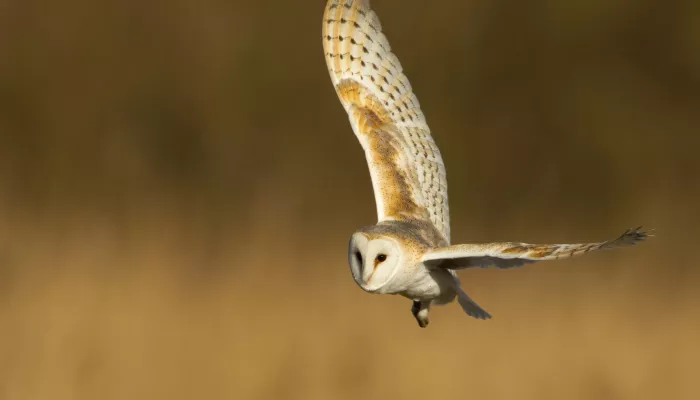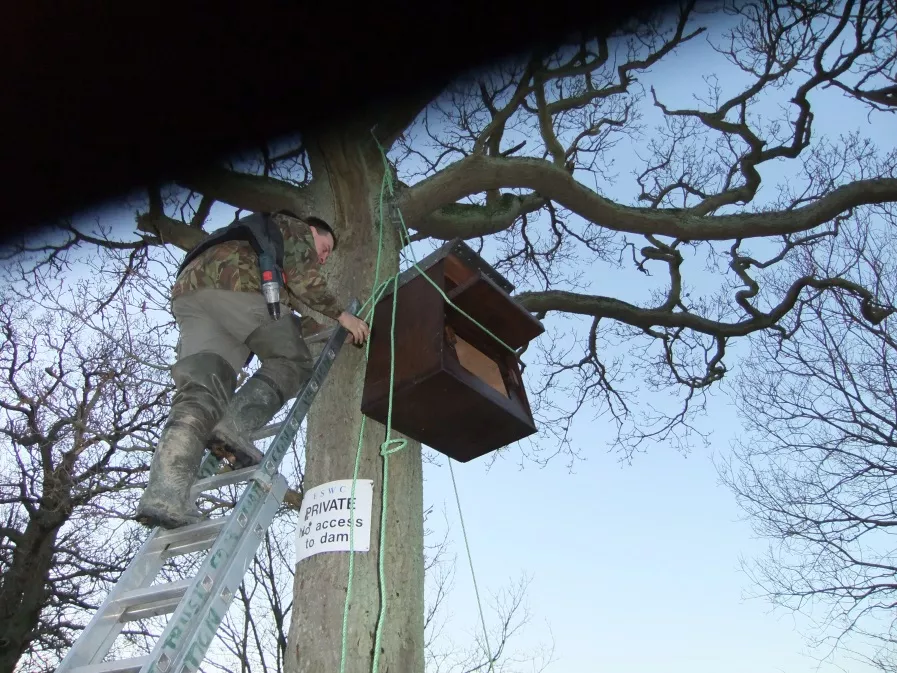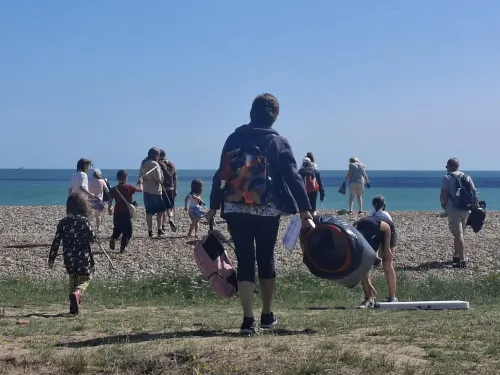Happy with our building achievement – 30 boxes – now the difficult bit begins. Choosing a suitable site, and then heaving 20 kilos of box up into place.
The Box:
Barn owls are quite fussy! They like a decent ground space, and want to be hidden away. When the young begin wing stretch exercises ready for the big day, they need a safe ‘play area’ to practise. They have a tendency to topple and fall in the early days, but sadly, parental care does not extend to rescue operations from the ground. So, our design followed carefully that recommended by the Barn Owl Trust, following their many years of experience.
The Site:
Preferred site is definitely under cover in a barn. Failing that, next choice a box on a tree. Third option, box on a post – not top favourite of the barn owl, but Medway Valley Countryside Partnership have had a very successful barn owl nesting project along the Medway with these boxes.
Our SOLL area is rich in tree lines and mature trees in hedgerows, so this was our choice. It is not essential for the box to overlook the best hunting habitat of rough grassland, but helps if it can. A barn owl will range over a wide area hunting, but if feeding a clutch of hungry young the least distance travelled the better. The main thing to remember is that the box needs to be spotted by the owl as it flies its territory. Well, no actually, it is not the box that need to be seen, but the HOLE. Interesting-looking holes will invariably be investigated.
The Task:
First hurdle lugging box (20 kilos) ladder, ropes, drills, etc. to a suitable tree – usually picked out on an earlier reccie! Now the fun begins – it took the erection of at least 10 boxes before our performance began to be competent! Our very first box was put up with permission of the Water Co. near the reservoir dam, in a little shaw of ancient trees that survived the building of the reservoir, and as well as mature oaks holds several beautiful wild service trees.
The interesting story of this box will be the subject of next month’s blog.





